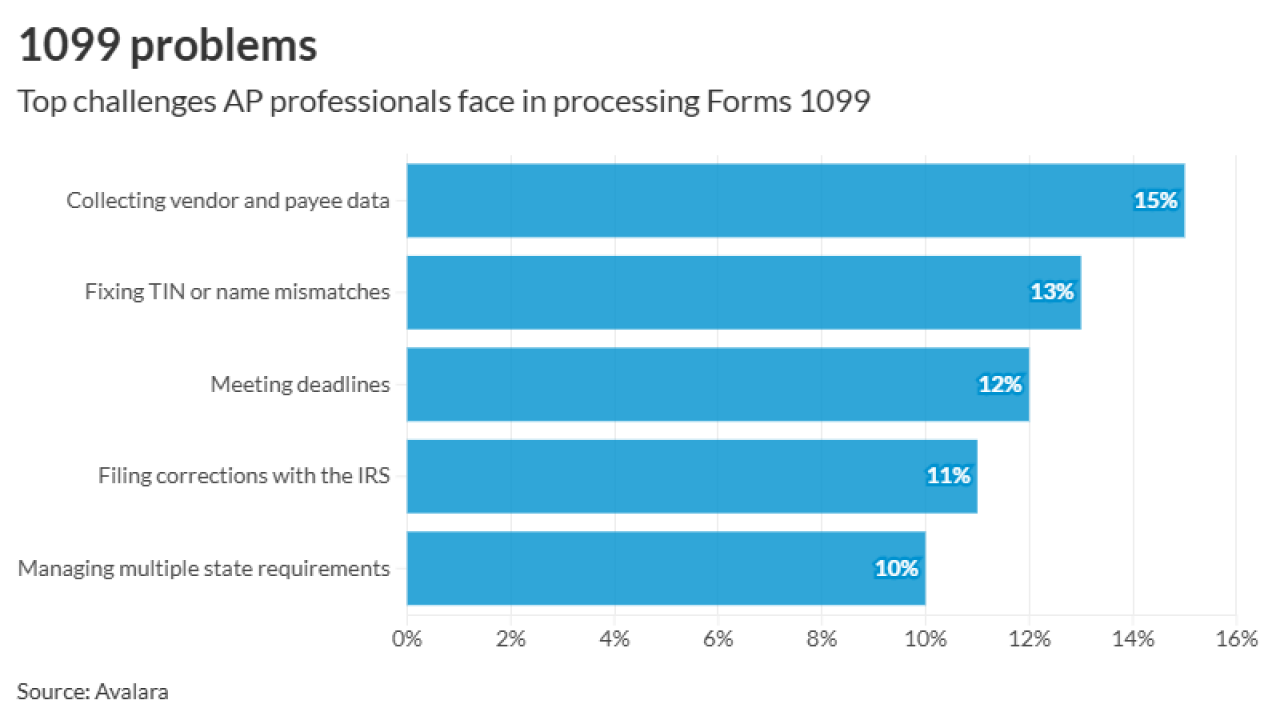As your client’s most trusted advisor, you probably spend a lot of time on their business balance sheet. But how much focus is dedicated to their personal balance sheet? The personal balance sheet is critical for understanding what’s happening at “Family, Inc.”
Whether you call it a net worth statement, a personal balance sheet or a statement of assets and liabilities, one of the most important documents you can show your clients is a simple ledger of what they own, and what they owe.
If you’re going to help clients make better financial decisions holistically, then you need to have a deep understanding of their household money coming in and their household money going out (see my prior article
The net worth statement — combined with the personal cash flow statement — ensures that you and your client are always on the same page. It’s a tool for making sure you always have a clear, mutual understanding about where your client is now and where they want to go. See my recent article on
Most successful families are surprised when they first see their personal balance sheet. It’s quite common for this number to be much larger than they would have thought. They’ve been accumulators their entire adult lives — an asset here, an account there, a rental property here, some business interests there. But they’ve never seen all those assets in one place, neatly tallied up.
Net worth can be an eye opener, especially when someone doesn’t think they’re wealthy enough, or has enough complexity in their life to need a comprehensive estate plan. Before seeing the net worth statement, their attitude may have been: “We’ll just let our kids and grandkids figure it out when we’re gone.” But after seeing all their assets in one place, including the benefits heirs would receive from their insurance, the conversation quickly shifts to: “What would happen to my kids if they suddenly received all this money? Would they spend it recklessly? Would it make them lazy or entitled? Would their spouse or creditors try to get their hands on it?”
That’s where you come in as the trusted advisor.
Your clients may have a pretty good sense of their bank accounts, investments, cars, boats, home(s), home equity, and maybe the cash value of their insurance. But suppose they run a successful family business? Do they realize that their business value (owner’s equity) belongs in the net worth statement too?
Assuming the business is privately held and hasn’t been up for sale recently, there’s a good chance they have no idea what their business is really worth. But they can’t keep leaving that line blank in their personal net worth statement. It’s just too big a part of what they own. It’s your job to start the conversation about having an accurate appraisal of their business and putting a succession plan in place.
Ripple effect of each financial decision
Have you ever noticed what happens when you drop a rock into a pond? It creates a wide ripple effect in the water that touches everything in its vicinity. Same goes for your client’s financial decisions. They don’t just make investments, buy properties, sell stocks or make big charitable donations in isolation. Each of those transactions is a financial decision that has a ripple effect across many other areas of their financial life. As the trusted advisor, it’s your job to know what’s happening each time they drop a financial rock into the pond.
Now that you’re helping your client get organized, they’ll be in a better position to think through the big decisions they may have coming up in their life. For example, does your client have low levels of liquidity despite their apparent wealth? Are there valuation gaps in their real estate portfolio or in their privately held business? Is their debt structured properly?
If a client has a business credit line, the interest may be higher than they could be paying on other fixed rate options. They may tell you: “It’s just another payment I make every month.” That doesn’t mean your client should pay down the entire draw all at once. But there could be some less expensive ways to pay down that debt without adversely affecting their cash position.
The outcome isn’t as important as the conversation
Clients are never going to ask you to bump their net worth up by 10 percent in the year ahead. Instead, they think in terms of investable assets or the value of their business. They don’t look at all those components holistically. What they really want to know is: “Am I on track to reach my goals? Can I spend six months a year traveling and spend more time visiting my grandchildren?”
The answer is yes, but you need to explain why they’ll have to turn more of their assets into liquid assets in order to accomplish their goals. They may have a very healthy net worth statement, but if most of their assets are not income producing, then they won’t have a lot of liquidity. This is going to be a problem in their golden years if it’s not addressed soon. These are the kinds of conversations you need to be having with clients.
A personal balance sheet may not be that interesting to most of your clients, but it will give them some context. But for you it’s imperative to become intimately familiar with everything your client has on both sides of the ledger. The net worth statement, when used in tandem with the





